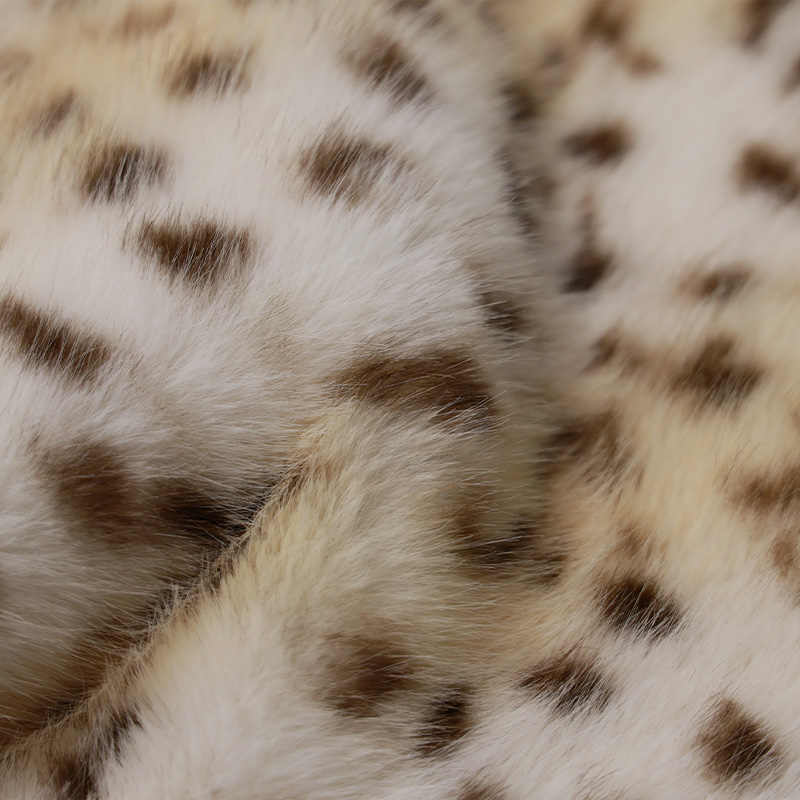











The fashion industry is a dynamic and ever-evolving landscape, with trends constantly shifting and new materials being introduced to meet the demands of consumers. Synthetic fox fur, as an alternative to natural fur, has gained popularity due to its cost-effectiveness, ethical appeal, and the ability to mimic the look and feel of real fur. However, despite these advantages, synthetic fox fur faces several challenges in the market that hinder its widespread adoption and acceptance.

One of the primary challenges faced by synthetic fox fur is consumer perception. Many consumers still associate real fur with luxury, exclusivity, and a higher quality standard. This perception can be difficult to overcome, as synthetic fur is often viewed as a cheaper, lesser alternative. As a result, some consumers may be hesitant to purchase garments made from synthetic fox fur, fearing that they will not meet their expectations in terms of appearance, texture, or durability.
Another significant challenge is the production and quality control of synthetic fox fur. Unlike natural fur, which has a consistent texture and appearance due to its biological origins, synthetic fur can vary greatly in quality depending on the manufacturing process and materials used. This inconsistency can lead to a wide range of quality in synthetic fox fur products, with some being superior and others falling short of consumer expectations. Ensuring consistent quality is therefore a crucial challenge for manufacturers of synthetic fox fur.
Moreover, the durability of synthetic fox fur is often questioned. While advancements in technology have improved the resilience of synthetic materials, they still lag behind natural fur in terms of longevity. Real fur has a natural ability to withstand wear and tear, while synthetic fur may require more frequent replacements due to fading, shedding, or other forms of degradation. This can be a concern for consumers who prioritize long-lasting fashion investments.
Competition from other materials is also a challenge faced by synthetic fox fur. The fashion industry is constantly innovating, with new materials and fabrics being introduced to the market on a regular basis. These materials may offer unique properties or aesthetic appeal that set them apart from synthetic fox fur, making them more attractive options for designers and consumers. As a result, synthetic fox fur must continuously compete for market share against a backdrop of ever-changing fashion trends and material innovations.
Furthermore, the cost of producing synthetic fox fur can be a barrier to entry for some manufacturers. While synthetic fur is generally more affordable than natural fur, the production process can still be complex and resource-intensive. This can lead to higher costs for manufacturers, which may be reflected in the final price of the product, potentially making it less competitive in the market.
In conclusion, synthetic fox fur faces several challenges in the market that hinder its widespread adoption and acceptance. Consumer perception, production and quality control, durability, competition from other materials, and production costs are all factors that manufacturers must consider and address to ensure the success of synthetic fox fur in the fashion industry. By addressing these challenges, synthetic fox fur can continue to evolve and become a more viable and popular option for fashion-conscious consumers.